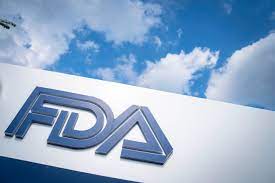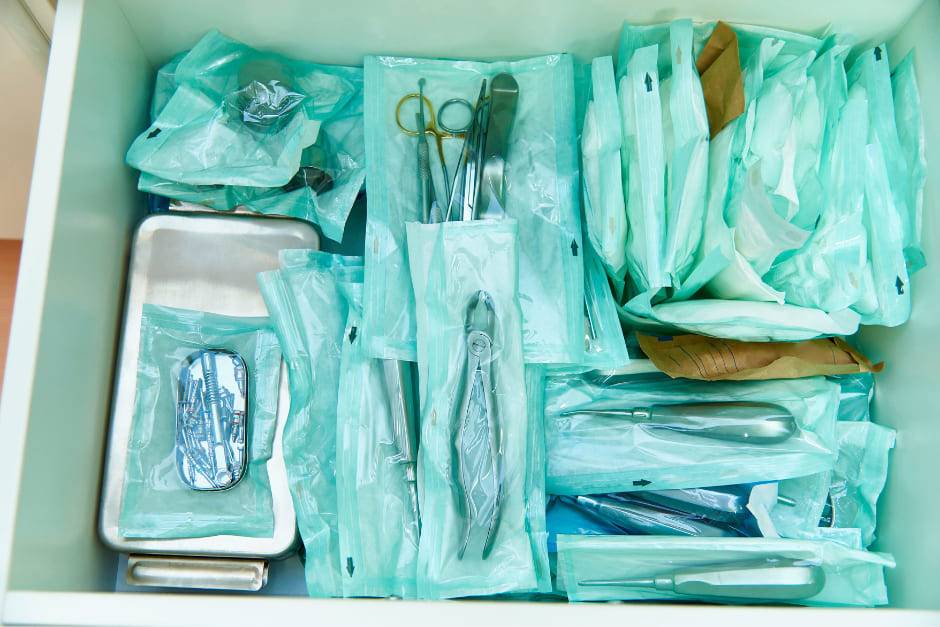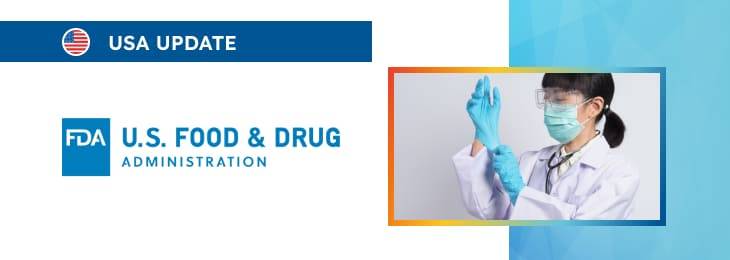The article describes the approach to be followed when submitting information related to sterilizing medical devices intended to be marketed and used in the US.

Table of content
The Food and Drug Administration (FDA or the Agency), the US regulating authority in the sphere of healthcare products, has published a guidance document dedicated to the submission and review of sterility information in the premarket notification (510(k)) submissions for devices labelled as sterile.
The document provides an overview of the applicable regulatory requirements set forth under the existing legal framework and additional clarifications and recommendations to be considered by medical device manufacturers and other parties involved to ensure compliance.
At the same time, provisions of the guidance are non-binding in their legal nature, nor are they intended to introduce new rules or impose new obligations.
Moreover, the authority explicitly states that an alternative approach could be applied, provided such an approach is in line with the existing legal framework. It has been agreed with the authority in advance.
The present document offers comprehensive guidance on submitting and reviewing sterility information in 510(k) submissions for devices labelled as sterile.
It reflects the authority’s perspective but does not impose binding obligations on either party.
Regulatory Background
This guidance updates and clarifies the sterilisation process information recommended for inclusion in 510(k) submissions for sterile devices.
It also details the recommended pyrogenicity information for these submissions. This guidance aligns with the FDA Recognized Consensus Standards Database and the advice on the “Appropriate Use of Voluntary Consensus Standards in Premarket Submissions for Medical Devices”.
As further explained by the authority, the recent trends show an increase in 510(k) submissions for sterile devices using sterilisation methods beyond traditional ones like steam, dry heat, ethylene oxide (EO), and radiation.
The FDA has grown familiar with methods like vaporised hydrogen peroxide, ozone, and flexible bag systems, now regarded as established methods. The FDA also acknowledges emerging alterations to these methods and novel sterilisation technologies, particularly for class I and II devices.
If improperly conducted, novel methods pose a substantial risk of inadequate sterility, prompting the FDA to closely evaluate compliance with Good Manufacturing Practice (GMP) for devices using these methods.
Thus, the document mentions that additional inspections of manufacturing facilities using novel sterilisation technologies are important before granting 510(k) clearance to ensure device safety and effectiveness.
The guidance focuses on 510(k) reviews for devices labelled as sterile, involving industrial terminal sterilisation processes based on microbial inactivation. Such procedures include radiation, steam, EO, and new technology sterilisation processes.
The document also outlines specific exclusions and regulatory aspects that are left beyond the scope of the present guidance. According to the guidance, they include, among other things, the following:
- Sterilisers are classified as medical devices.
- Microbial exclusion processes like sterilising filtration methods and aseptic processing.
- Sterilisation processes involving materials of animal origin.
- Liquid chemical sterilants.
- Processes used by reprocessors of single-use devices.
- Cleaning, disinfecting, and sterilising reusable devices in healthcare settings.
It is also important to mention that manufacturing sterilisation methods described herein are subject to Quality System (QS) regulation.

Methods of Sterilization
According to the guidance, the FDA categorizes sterilization methods into established and novel methods:
Established Sterilization Methods:
- Established Category A
Methods with a long history of safe and effective use, supported by literature, 510(k) clearances, PMA approvals, and QS inspections. These methods include dry heat, EO, steam, radiation, and vaporized hydrogen peroxide. FDA-recognized voluntary consensus standards exist for these methods. - Established Category B
Other established methods with available information but without dedicated FDA-recognized standards. FDA considers methods evaluated previously for specific sterilizers with discrete cycle parameters as Established Category B. This category includes ozone and flexible bag systems.
Novel Sterilization Methods are the recent methods with limited published information, needing more comprehensive FDA evaluation in sterilization development and validation through FDA-cleared 510(k)s or approved PMAs.
A novel method includes any method that uses chemicals not previously cleared or identified as sterilants or combinations of chemicals not once approved.
Examples of novel methods include vaporized peracetic acid, high-intensity light, microwave radiation, sound waves, and ultraviolet light.
Conclusion
In summary, the present FDA guidance explains the authorities’ approach when assessing sterilization methods employed by medical device manufacturers and determining the specific regulatory requirements they should comply with. The document clarifies the difference between the categories of sterilization methods based on the availability of information about their safety and effectiveness.
How Can RegDesk Help?
RegDesk is a holistic Regulatory Information Management System that provides medical device and pharma companies with regulatory intelligence for over 120 markets worldwide. It can help you prepare and publish global applications, manage standards, run change assessments, and obtain real-time alerts on regulatory changes through a centralized platform. Our clients also have access to our network of over 4000 compliance experts worldwide to obtain verification on critical questions. Global expansion has never been this simple.

